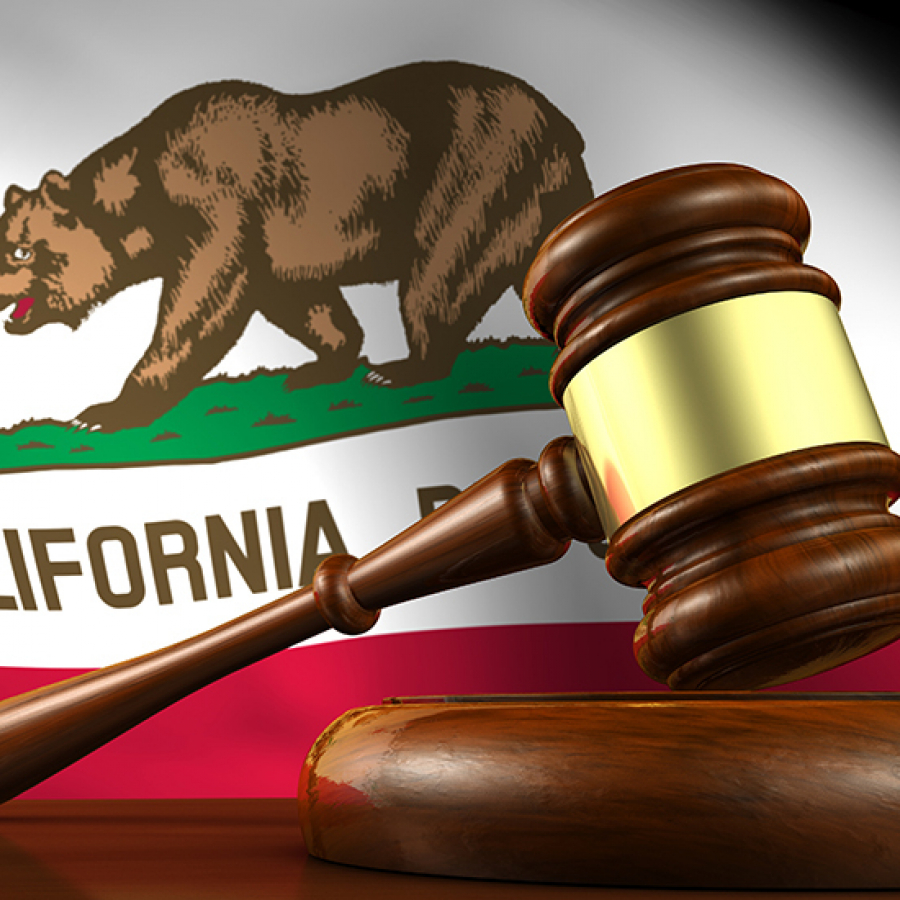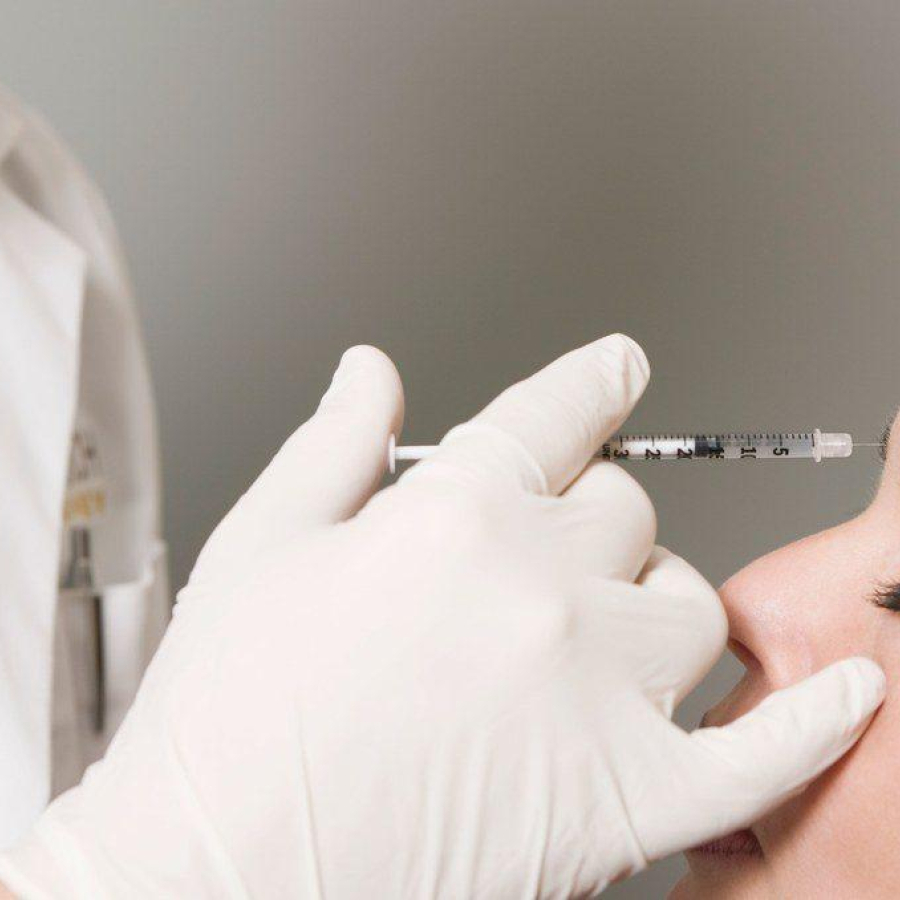
Legal
Second California Law That Affects MSOs Passes
California has now passed two laws that will have an effect on how investors, health care entities and management services ...

Show your committment to patient safety, legal compliance and community over competition.
AmSpa members receive preferred pricing on all AmSpa live and virtual trainings.
Get the latest news and information about safe, legal practice in medical aesthetics directly in your inbox.
Get access to med spa laws, in-person and online training and more!
Posted By Kate Harper, Friday, July 27, 2018

By: Sam Pondrom, Attorney at ByrdAdatto

Medical spas utilizing mid-level practitioners like nurse practitioners ("NPs") and physician assistants ("PAs") is on the rise in the U.S. Merritt Hawkins, a national healthcare search and consulting firm specializing in recruitment, recently released the results of their annual review of physician and advanced practitioner recruiting. In it, Merritt Hawkins found that NPs were the third most requested recruitment search, trailing only family physicians (#1) and psychiatrists (#2). PAs also cracked the top 20 for requested recruitment searches, coming in at #20.
This recent expansion largely can be traced back to two key reasons. First, NPs and PAs have broad scopes of practice and cost less to employ than physicians. Second, NPs and PAs have less onerous education requirements, so a person can become a mid-level practitioner faster than they could a licensed doctor. Accordingly, mid-level practitioners can perform many of the functions of unlimited licensees while reducing the cost of providing a healthcare service. Moreover, because experts anticipate shortages in the supply of physicians, the use of mid-level practitioners likely will continue to expand because they can bring their services to market faster than physicians.
NPs specifically have been granted full practice authority in several states, and the Medical Group Management Association recently reported that practices employing APRNs/NPs were more efficient and profitable.
One important downside to the increased demand for NPs and PAs is the patchwork of statutes and regulations governing their practice. NP and PA scopes of practice are set by state law, as are the requirements for supervising and delegating to mid-levels. This means it is crucially important to understand the type of relationship (e.g., collaborative, supervisory, or independent) that a state requires an unlimited licensee to have with a NP or PA. It is likewise important to know the limitations a state places on the medical tasks that mid-levels can perform and what tasks, if any, an unlimited licensee must perform to ensure the mid-level is maintaining the community's standard of care (i.e. countersignature, chart review, meetings with the mid-level, etc.).
AmSpa members can check their state legal summary, or utilize their annual compliance consultation with the business, healthcare, and aesthetic law firm of ByrdAdatto for more information on the legal requirements for mid-level practitioners in medical spas.
If you have any questions about the use of NPs or PAs in your medical practice, please contact Jay Reyero at jreyero@byrdadatto.com or Sam Pondrom at spondrom@byrdadatto.com.
Related Tags
Medical spa news, blogs and updates sent directly to your inbox.

Legal
California has now passed two laws that will have an effect on how investors, health care entities and management services ...

Legal
A newly passed law in California will prohibit certain contractual provisions between medical and dental practices and private equity groups ...

Legal
By Patrick O'Brien, General Counsel, American Med Spa Association (AmSpa)The September bulletin from the Texas Medical Board (TMB) helps to ...

Legal
By Patrick O’Brien, General Counsel, American Med Spa AssociationOn September 23, 2025, the Alabama Board of Medical Examiners (BME) issued ...